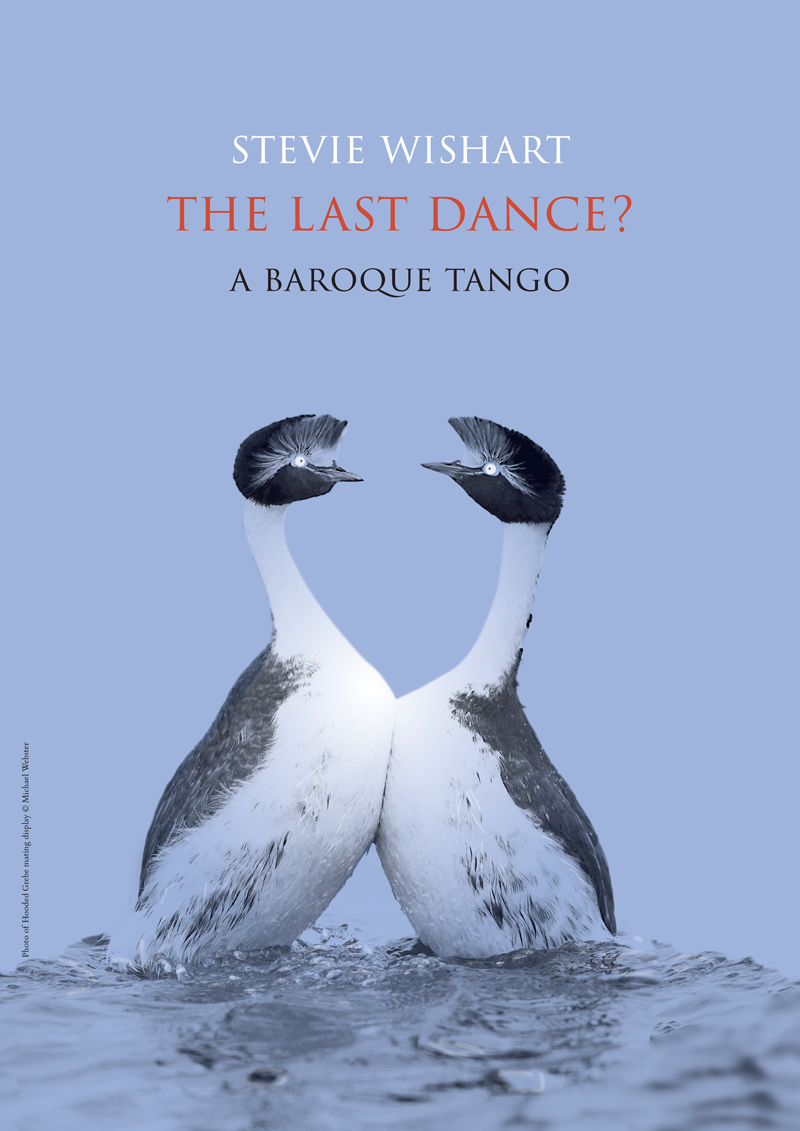Listen to The Last Dance?
|
|
Notes for The Last Dance? |
|
Recorded sound (optional)
A set of five recordings of the call of the Hooded Grebe Podiceps gallardoi (a critically endangered bird that performs a tangoesque mating dance) will be supplied for the performance and cued from their transcription in the top line of the score. The calls are heard around the same time as they are introduced by various instruments in the orchestra, indicating affekt rather than direct imitation and should sound joyously timbral rather than overly precise: they should be listened to as part of learning the piece even if not used in performance. Tempo The tempo follows that of the recorded sound, i.e. approximately 120 bpm. Phrasing In keeping with Baroque practice, indications of phrasing, bowing etc. are not set out in detail but are left to the 'bon goût' of the performer. The fermate over and under the double bar lines serve merely to indicate the end of a section and do not imply a pause. This follows Bach’s practice. Cadenze All the cadenze are intended to be extemporised, and should reference the ‘Hooded Grebe theme’ (notated in the ‘recorded sound’ line in the score). During the first cadenza (bar 4), the players other than the continuo await the end of the cadenza then continue a tempo. Otherwise the piece is to be played in strict time throughout, including the remaining cadenze; this is dance music. There is a brief, flashy cadenza to end where the harpsichord should provide a ruffle of continuous trills of ‘waterline’ pitches around C and B flat, overflapping with the fourth-thing and fifth-thing Grebe figuration and overlapping with the second manual if there is one. The continuo may also intervene pizzicato. The tonality at the end should be clearly with a major third in C major or C mixlydian. Ossia Attention is drawn to the ossia for bars 37-52 and 69-77: viola pizzicato con contrabasso arco; ossia,viola arco con contrabasso pizzicato. From bar 77 onwards the contrabass may play pizzicato ad lib. but the viola is to continue arco. Orchestration The continuo should include theorbo, violone, etc. as available. The performers are free to adapt the orchestration (such as the use of the contrabass, or assigning the ‘Grebe theme’ in bars 21-51 to solo or concertante forces) according to taste or available resources. |
| tango-greb.pdf |
